Before Jim or Doctor Stein had time to think, the egg burst in Jim’s hand, sending shell fragments around the laboratory. When Jim opened his eyes, he saw a beady-eyed little alien sitting in the palm of his hand. The being seemed apprehensive, uncertain about its circumstances.
“What do you think he’s thinking, Doctor Stein?”
The creature locked its eyes on Jim. It bared its miniature teeth and hunched forward.
“I think,” Doctor Stein said as he slowly approached from behind, “he’s hungry.”
I said last month that we’d be talking about the Neuroendocrine system. I was half right. There’s a lot to cover, so I’ve broken it into two segments. This month we’ll cover the “neuro” part, specifically the neurological system of a creature. This is how a creature thinks. Next month we’ll discuss the endocrine system and how creatures feel.
Reflexes versus Thought
The brain is the nerve center for the human body, responsible for all the thinking and conscious actions you do. That doesn’t mean it acts alone in controlling your body’s functions though. Your muscular reflexes are actually governed by interneurons in your spinal cord. This basically means that if you touch something hot, your body will jerk your hand away before you think about it. Thus, reflexes like these aren’t conscious thoughts, they’re just natural reactions to stimuli that are designed to save us from injury.
The Thought Process
With that tidbit out of the way, let’s look at the way we think. Sensory inputs (sight, smell, touch, feel, and hearing) inform your characters of the things happening around them. Maybe the protagonist of your novel smells gunpowder or hears a scream. The character’s ability to observe the circumstances are based on his health, the distance from the event, etc. Next, he will evaluate what he is perceiving based on his own life history. Even unfamiliar stimuli will be mentally categorized as something similar. For example, if the character doesn’t know who is screaming, based on the tenor and pitch, he might determine it comes from an adult woman. Next is the decision point, and this process is also based on life events as well as his moral compass. Does he choose to rush to the rescue? Investigate out of curiosity? Hide? Whatever the character chooses to do (and not choosing to do anything is also a choice), he then executes it. After completing his plan of action, he then has a new set of circumstances to observe. Maybe he witnesses a murder or gets shot in the chest himself. Whatever the case, the point is that this is a repeated cycle of events, observations, evaluations, actions, and more events.
A Different Way to Think
So what happens when we play with this cycle? Tweak it a little bit? Everyone has seen The Matrix (and if you haven’t, you probably should stop reading this post and go and watch it – seriously, it’s only been out for like twenty years). In it, the hero learns that every circumstance he has witnessed in his life was a carefully constructed hoax designed to keep him as a sedated battery. While Neo thought he was observing, evaluating, and reacting to real events, none of it was real. The thought cycle shown above is still maintained, but the thinker is completely unaware of a disconnect in the cycle – namely in the observation block.
A different example would be in John Scalzi’s Old Man’s War series (of which I’ve just finished the first three books and they are amazing). What if the observation and evaluation step in the cycle could be augmented through computers and genetic manipulation? Soldiers in this futuristic reality all have little devices, humorously called BrainPals™ , hardwired into their brains that help them translate foreign languages, load information, or even wirelessly communicate with other soldiers with their thoughts alone. Additionally, the genetic modifications allow for low light vision and other sensory augmentations. The end result is a breed of soldiers far more competent and resilient in battle. And if it seems like overkill for an average soldier, you should see the out-of-this world aliens they have to fight.
That’s all this month. Drop me a line and let me know what you think about thinking. Next month we’ll get all touchy feely and talk about the Endocrine system – a fancy word for hormones.
Matrix image from:

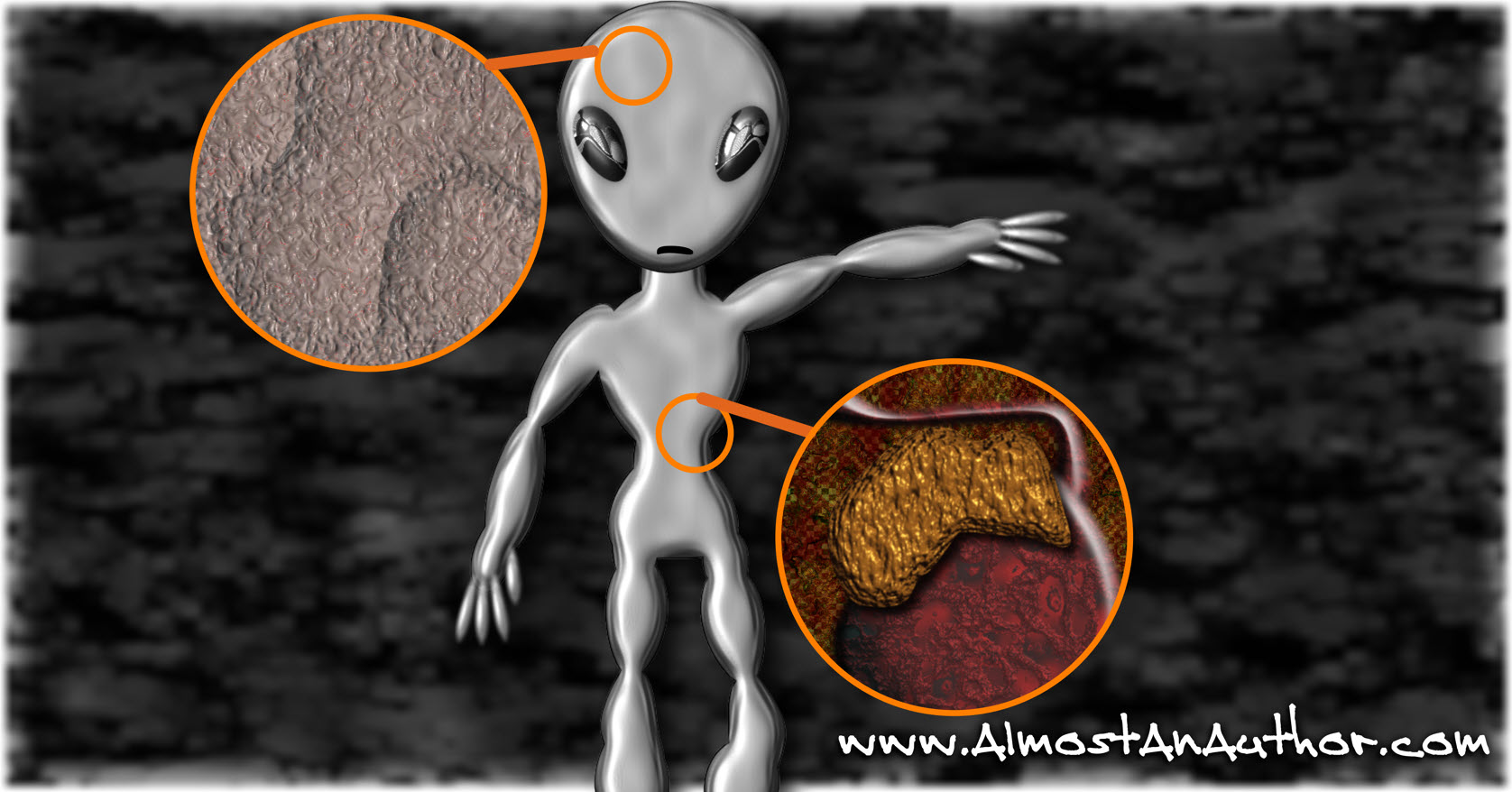
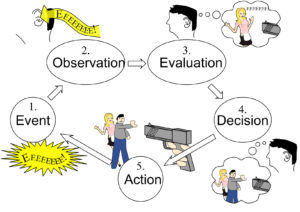

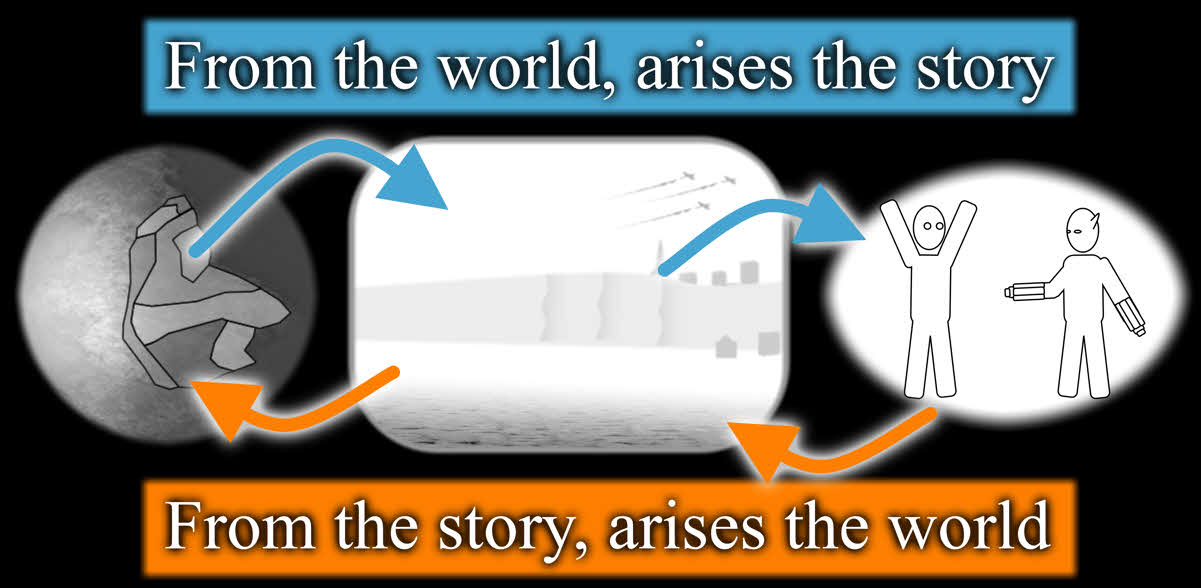
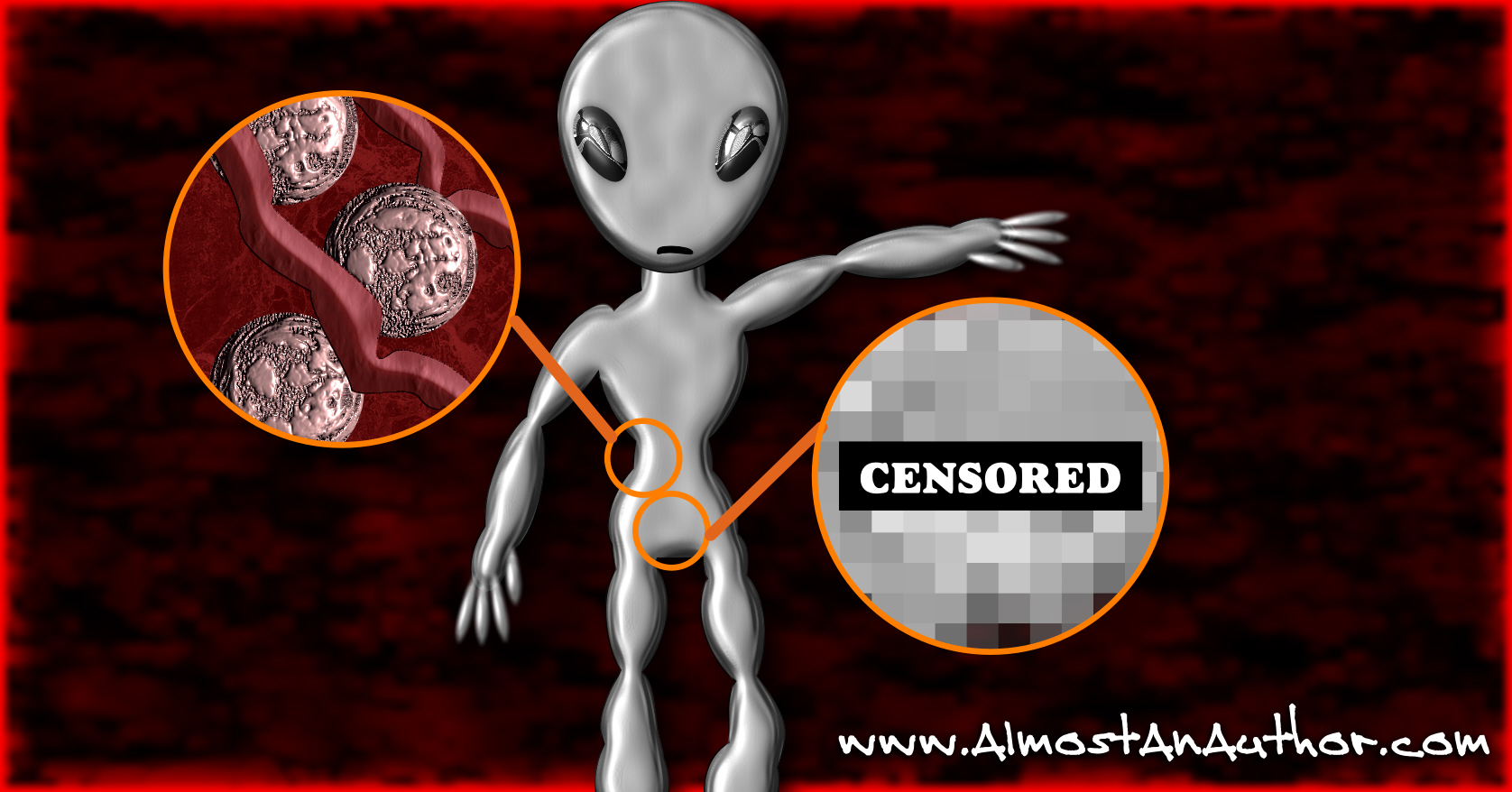
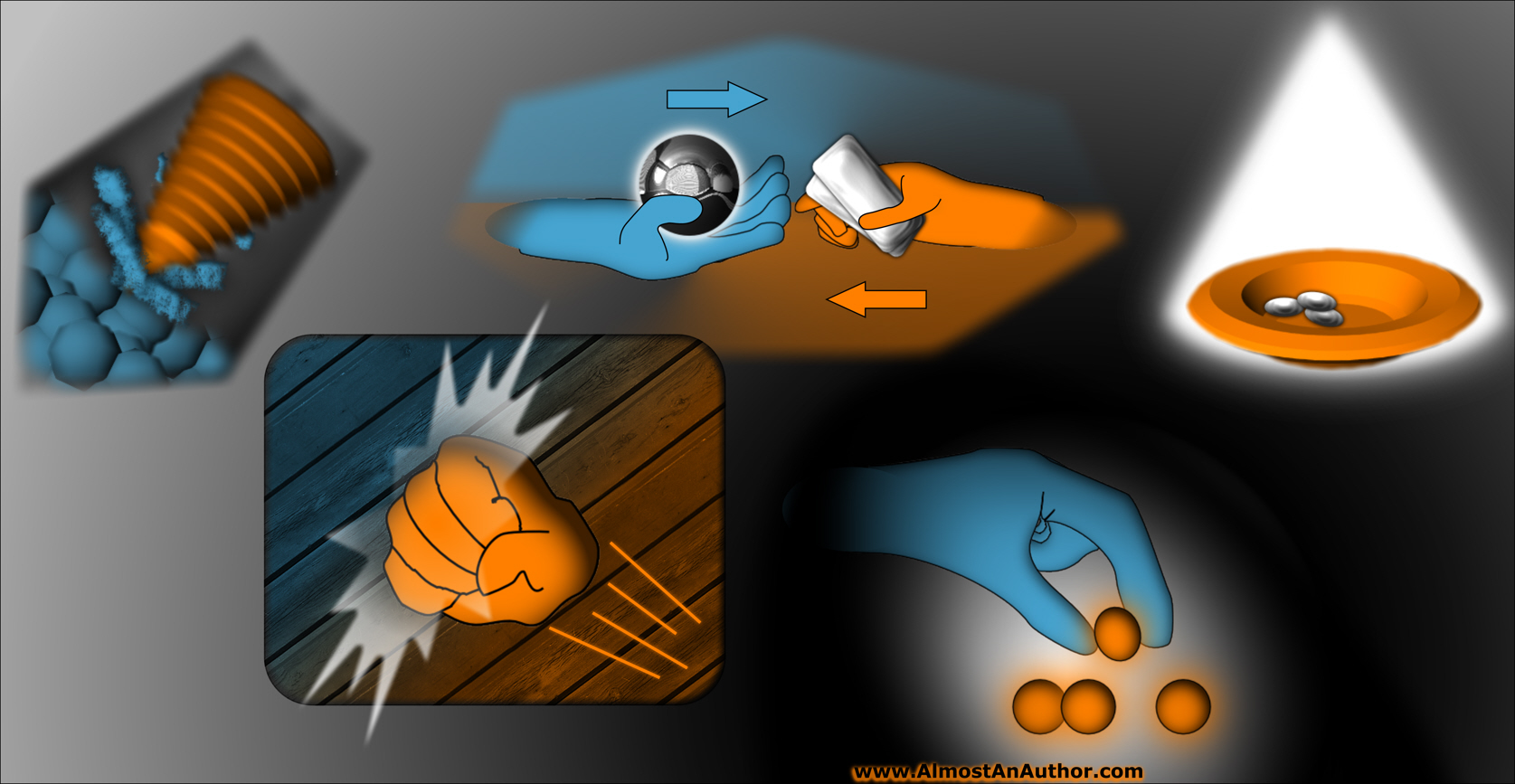


1 Comment
Thanks for making me think. As a new writer, I am stretched by your posts. I need to get into my characters heads, whether they are alien or human.